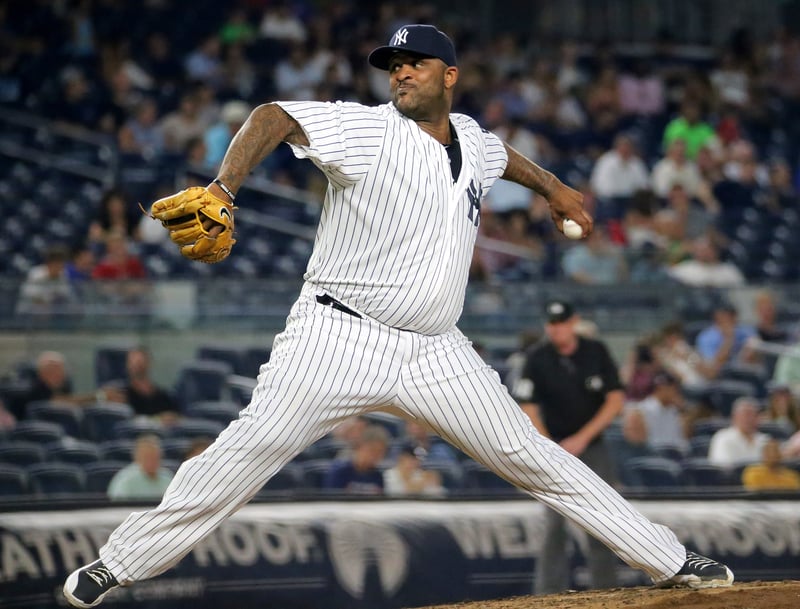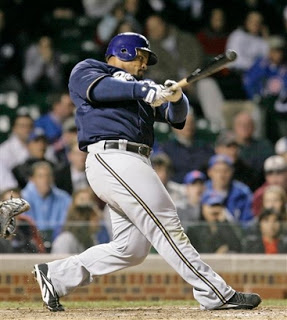
Only recently, has our culture turned to body fat measurements to gauge athletes, ranging from skin fold calipers that measure fat under the skin to bioelectrical impedance that measures the flow of electric current through the body. However, while helpful for the general population, these values are perhaps the most deceiving factor for athletes. Like our evolutionary ancestors who only worried about survival, athletes are only worried about their performance results, which are not necessarily linked to a better looking midsection. In fact, as reported by the Wall Street Journal, there is a disconnect between athletic success and body fat percentage. This past professional baseball off-season saw the signing CC Sabathia, Albert Pujols and Prince Fielder to a committed $590 million to 825 pounds of ballplayer.

A more scientific approach involved a 2011 study of the University of Kansas looking at collegiate baseball players and the best correlations to the most important component of their performance, batted ball velocity. The authors examined several upper body strength variables, ground reaction force, and individual anthropometric variables, such as body weight and height. Not surprising, upper body values, like grip strength, were not even in the top 5 because most athletic movement starts from the ground up. So the force generated by the legs and torso are most significant, not tension created by the upper body.
Among the top 3 values in the study were peak front force, height, and body weight. The biggest correlate, peak front force, makes sense, as this physical attribute allows you to stop rotation by pressing down into the ground. This variable has proven time and time again to be the best determinant for rotational power. Since we cannot change your body height, the only remaining major factor we can improve is body mass. Not body composition, but body mass! Prince Fielder can tell you that getting his entire weight behind the ball will has allowed him to increase batted ball velocity, or rotational power.
Does that mean you should pursue greater body mass at all costs? Certainly not, especially since the #4 correlation in the study was squat strength. That body mass has to be functional, meaning the more muscle you have, the more force can be generated into the ground allowing you to develop more power. The best measure of this strength is called relative strength, the maximum force you can develop per pound of your body weight.
But since the ideal body weight for your best relative strength is different for everyone, the best test is ground reaction force (GRF). This perfect body fat assessment analyzes your body weight plus the additional force you can develop by pushing into the ground through the energy developed by your muscles.
Fat cannot develop tension or force, but as your body fat drops, you do run the risk of losing muscle, primarily as a protective effect by your body. So for you soccer or basketball players that cannot look like Prince Fielder, do not worry, because the nature of your sport that involves large volumes of running and jumping, will raise your metabolic rate high enough to prevent excessive fat gain.
So stay focused on your physical performance, best gauged by GRF, and the specific skills of your sport.
When your batting average or shooting percentage starts to include body fat percentage, we will advise you differently.